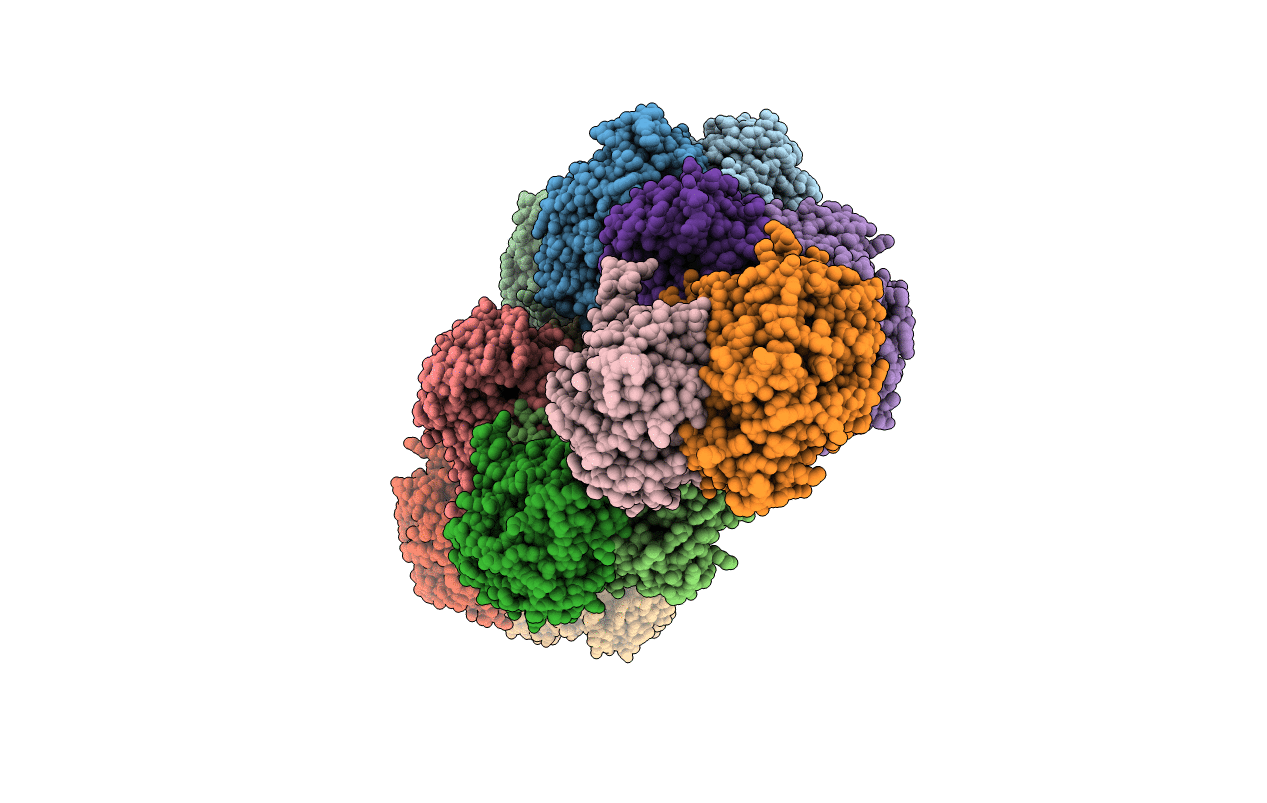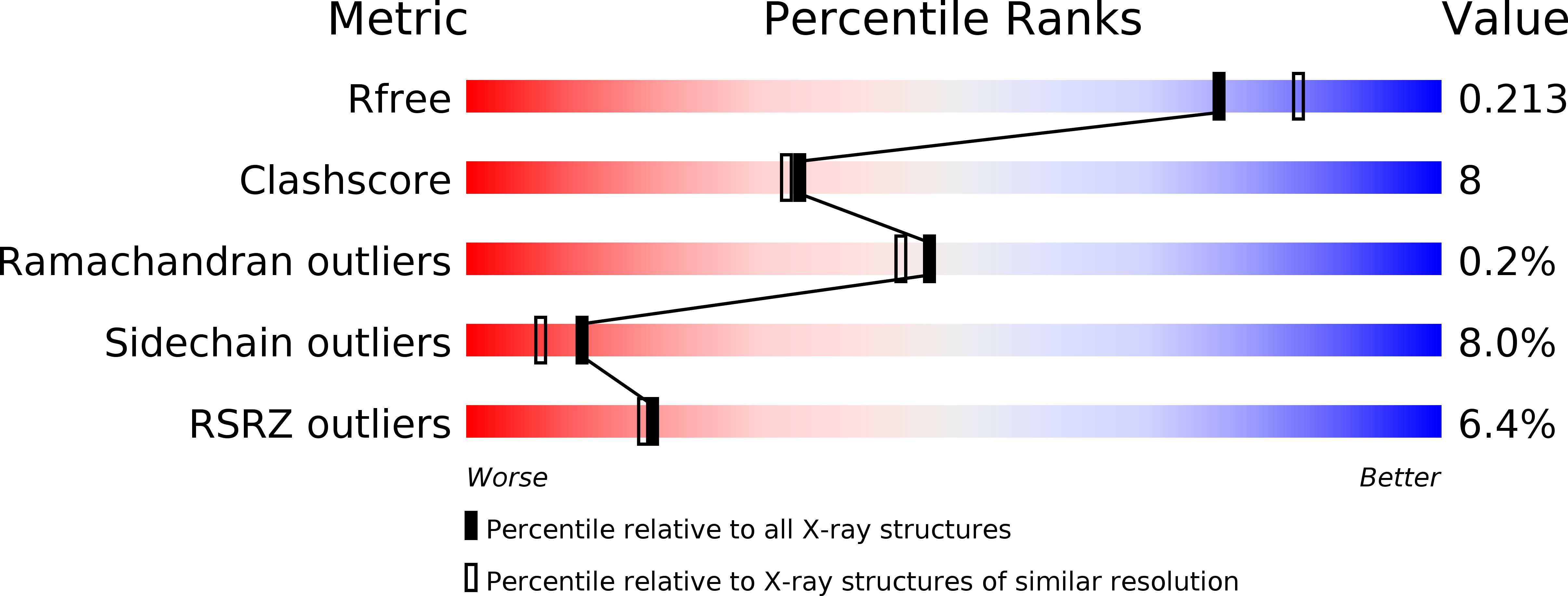
Deposition Date
2014-08-19
Release Date
2015-09-09
Last Version Date
2023-09-27
Entry Detail
PDB ID:
4W61
Keywords:
Title:
Crystal structure of beta-ketoacyl thiolase B (BktB) from Ralstonia eutropha
Biological Source:
Source Organism:
Host Organism:
Method Details:
Experimental Method:
Resolution:
2.01 Å
R-Value Free:
0.20
R-Value Work:
0.17
R-Value Observed:
0.17
Space Group:
P 1


